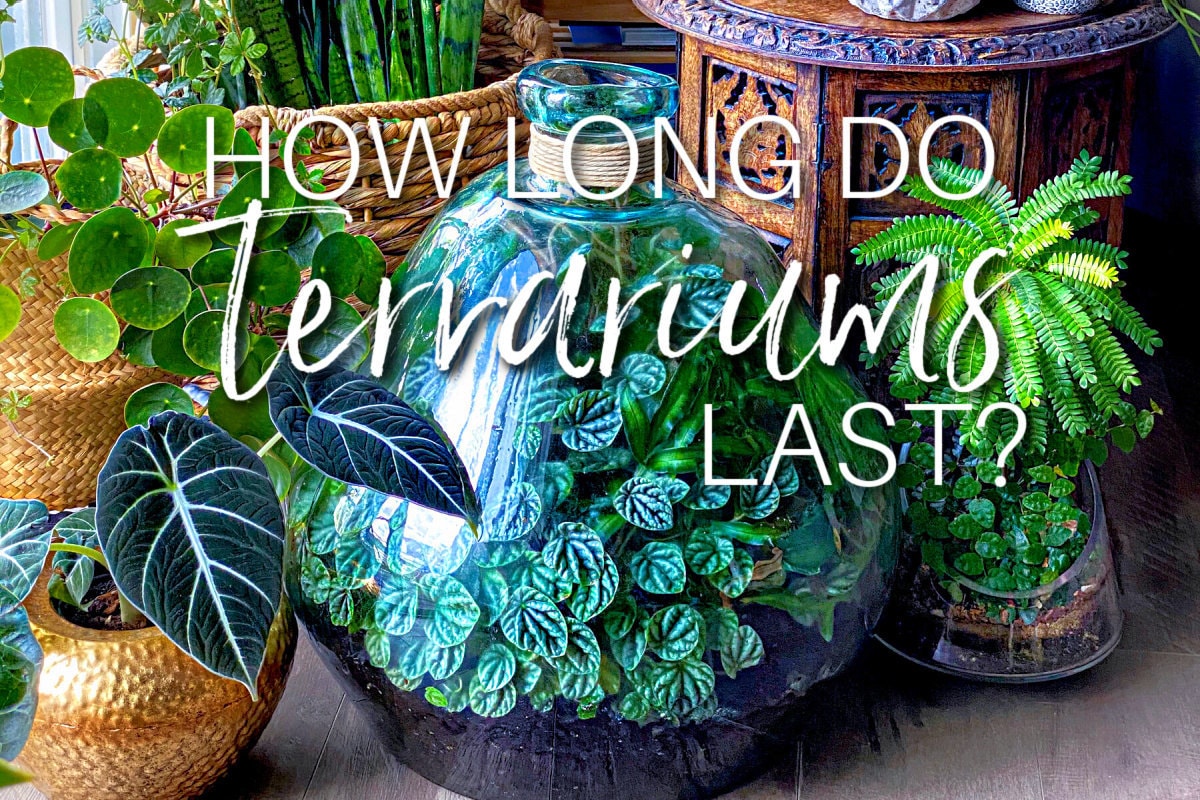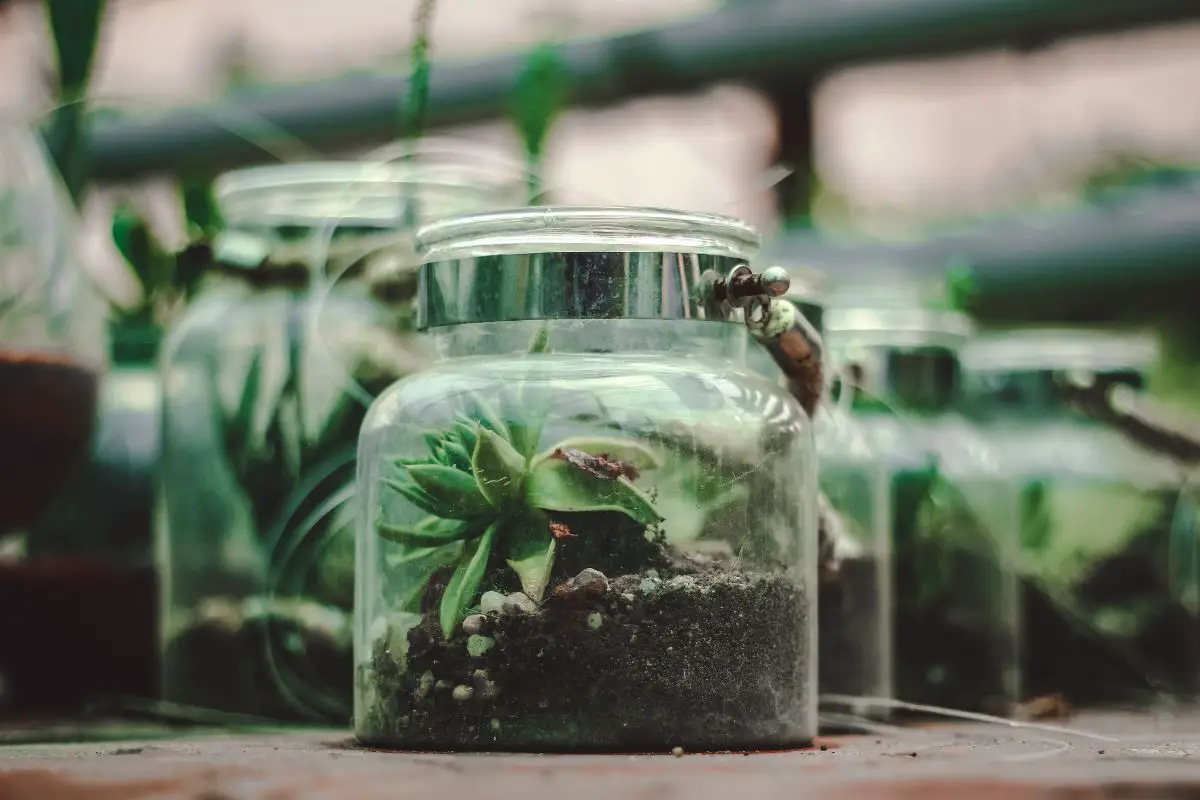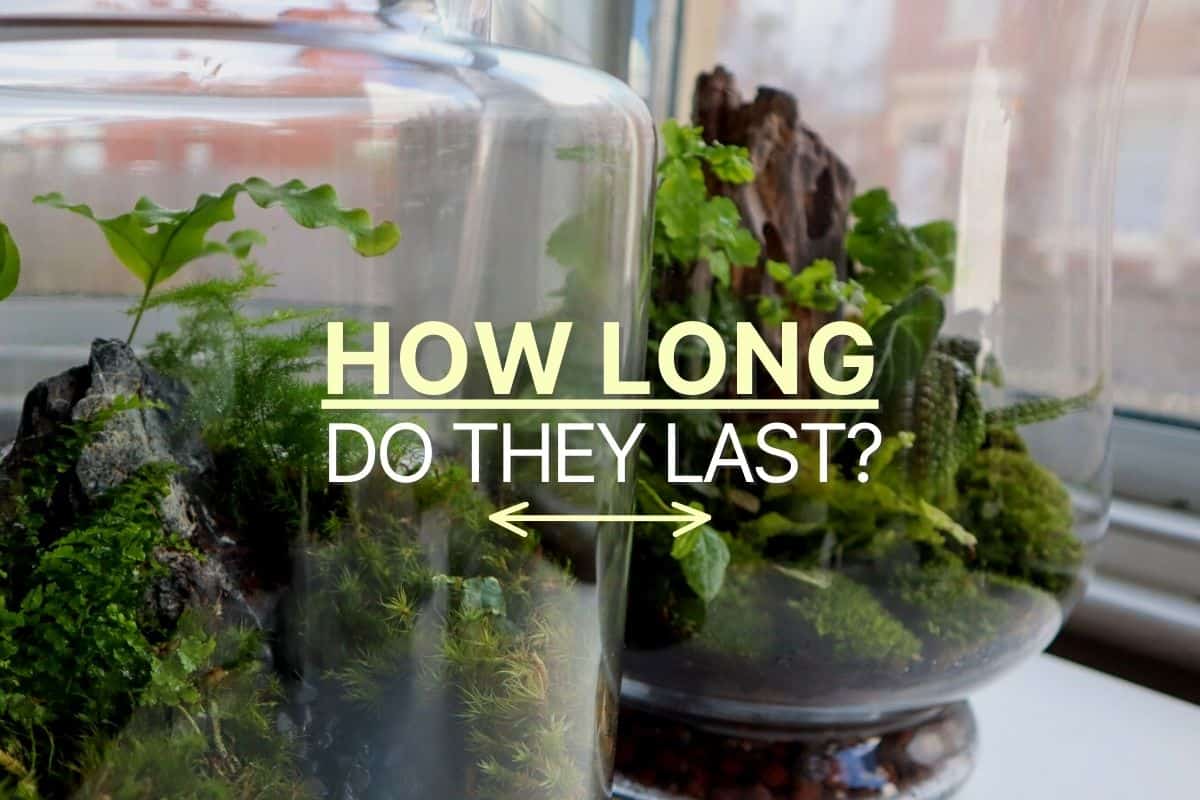The Secret to a Thriving Mini Indoor Garden
What Affects the Lifespan of a Terrarium
Terrariums have become increasingly popular in recent years, and it’s easy to see why. These mini indoor gardens are not only aesthetically pleasing, but they also provide a unique opportunity to bring a touch of nature into our homes and offices. As people consider creating their own terrarium, one of the most common questions that arises is, “How long do terrariums last?” Understanding the factors that influence a terrarium’s lifespan is crucial in creating a thriving mini indoor garden that will bring joy and serenity to your space for years to come. By grasping these factors, you can ensure that your terrarium remains healthy and vibrant, and that it continues to thrive with proper care.
The Role of Maintenance in Terrarium Longevity
Regular maintenance is crucial in extending the life of a terrarium. By performing routine tasks, you can ensure that your mini indoor garden remains healthy and thriving. One of the most critical aspects of terrarium maintenance is watering. Overwatering is a common mistake that can lead to root rot and other problems, while underwatering can cause plants to wither and die. To avoid these issues, it’s essential to monitor the soil moisture and water only when necessary. Pruning is another vital task that helps maintain the shape and size of plants, promotes healthy growth, and encourages blooming. Additionally, monitoring temperature and humidity levels is vital in creating an optimal environment for your terrarium. By keeping these factors in check, you can create a stable ecosystem that supports the longevity of your terrarium. By understanding the importance of regular maintenance, you can answer the question, “How long do terrariums last?” with confidence, knowing that your mini indoor garden will thrive for years to come.
How to Create a Balanced Ecosystem
Creating a balanced ecosystem within a terrarium is crucial for its longevity. A well-balanced ecosystem ensures that all the components of the terrarium work together in harmony, promoting healthy plant growth and preventing the buildup of toxins. To achieve this balance, it’s essential to select suitable plants that thrive in low-light conditions and have similar watering requirements. The soil should be specifically designed for terrariums, with good drainage and aeration to prevent waterlogging. Decorative elements, such as rocks, moss, and driftwood, should be chosen carefully to avoid creating hiding places for pests and to ensure good air circulation. By creating a balanced ecosystem, you can answer the question, “How long do terrariums last?” with confidence, knowing that your mini indoor garden will thrive for years to come. A balanced ecosystem also reduces the risk of common mistakes, such as overwatering and underwatering, which can shorten a terrarium’s lifespan. By understanding the importance of a balanced ecosystem, you can take the first step towards creating a thriving mini indoor garden that will bring joy and serenity to your space.
The Impact of Environmental Factors on Terrarium Longevity
Environmental factors such as light, temperature, and humidity play a crucial role in determining the lifespan of a terrarium. Light, in particular, is essential for photosynthesis and can affect the growth and development of plants. However, too much direct sunlight can cause the temperature to fluctuate, leading to stress and damage to the plants. To optimize light conditions, it’s recommended to place terrariums near a north-facing window or use a sheer curtain to filter the sunlight. Temperature is another critical factor, with most terrarium plants thriving in temperatures between 65-75°F (18-24°C). Humidity is also essential, as it helps to maintain a stable environment and prevent water loss. To maintain optimal humidity levels, it’s recommended to mist the terrarium regularly or use a humidifier. By understanding the impact of environmental factors on terrarium longevity, you can take steps to create an optimal environment that supports the health and longevity of your mini indoor garden, ultimately answering the question, “How long do terrariums last?” with confidence.
Common Mistakes That Can Shorten a Terrarium’s Lifespan
Despite their low-maintenance reputation, terrariums can be susceptible to mistakes that can shorten their lifespan. One of the most common mistakes is overwatering, which can lead to root rot and kill the plants. Underwatering, on the other hand, can cause the plants to become stressed and weaken their immune system. Neglect is another common mistake, as failing to monitor temperature and humidity levels can create an environment that is conducive to pests and diseases. Other mistakes include using the wrong type of soil, failing to prune plants regularly, and placing the terrarium in direct sunlight. By being aware of these common mistakes, you can take steps to avoid them and ensure that your terrarium thrives, ultimately answering the question, “How long do terrariums last?” with confidence. By understanding the importance of proper care and maintenance, you can create a mini indoor garden that will bring joy and serenity to your space for years to come.
How Long Can a Terrarium Last with Proper Care?
With proper care and maintenance, a terrarium can last for several years, providing a beautiful and thriving mini indoor garden. On average, a well-maintained terrarium can last anywhere from 2 to 5 years, depending on factors such as the type of plants, soil, and environmental conditions. Some terrariums have been known to last for 10 years or more with proper care. For example, a terrarium with slow-growing plants like succulents or mosses can last for many years with minimal maintenance. Factors that contribute to the longevity of a terrarium include regular watering, pruning, and monitoring of temperature and humidity levels. By understanding the importance of proper care and maintenance, you can create a terrarium that will thrive and provide enjoyment for years to come, answering the question, “How long do terrariums last?” with confidence. With the right care and attention, a terrarium can become a beautiful and long-lasting addition to any space.
Extending the Life of Your Terrarium
To extend the life of your terrarium, it’s essential to implement regular maintenance and care techniques. One of the most effective ways to do this is through pruning, which involves trimming and shaping the plants to maintain their health and promote new growth. Repotting is another crucial technique, as it allows you to refresh the soil and provide the plants with essential nutrients. Additionally, rejuvenating the soil by adding new layers of substrate and fertilizers can help to revitalize the ecosystem and support the plants’ growth. By incorporating these techniques into your terrarium care routine, you can significantly extend the lifespan of your mini indoor garden, answering the question, “How long do terrariums last?” with confidence. Furthermore, regular monitoring of temperature and humidity levels, as well as adjusting the lighting conditions, can also contribute to the longevity of your terrarium. By taking a proactive approach to terrarium care, you can create a thriving and long-lasting mini indoor garden that brings joy and serenity to your space.
Conclusion: The Key to a Thriving Terrarium
In conclusion, understanding the factors that influence terrarium longevity is crucial to creating a thriving mini indoor garden. By recognizing the importance of regular maintenance, balanced ecosystems, and optimal environmental conditions, you can extend the life of your terrarium and enjoy its beauty for years to come. Remember, a well-cared-for terrarium can last for 2 to 5 years or more, answering the question, “How long do terrariums last?” with confidence. With the right techniques and knowledge, you can create a stunning and self-sustaining ecosystem that brings joy and serenity to your space. By following the tips and guidelines outlined in this article, you’ll be well on your way to creating a thriving terrarium that will continue to flourish and delight for years to come.








